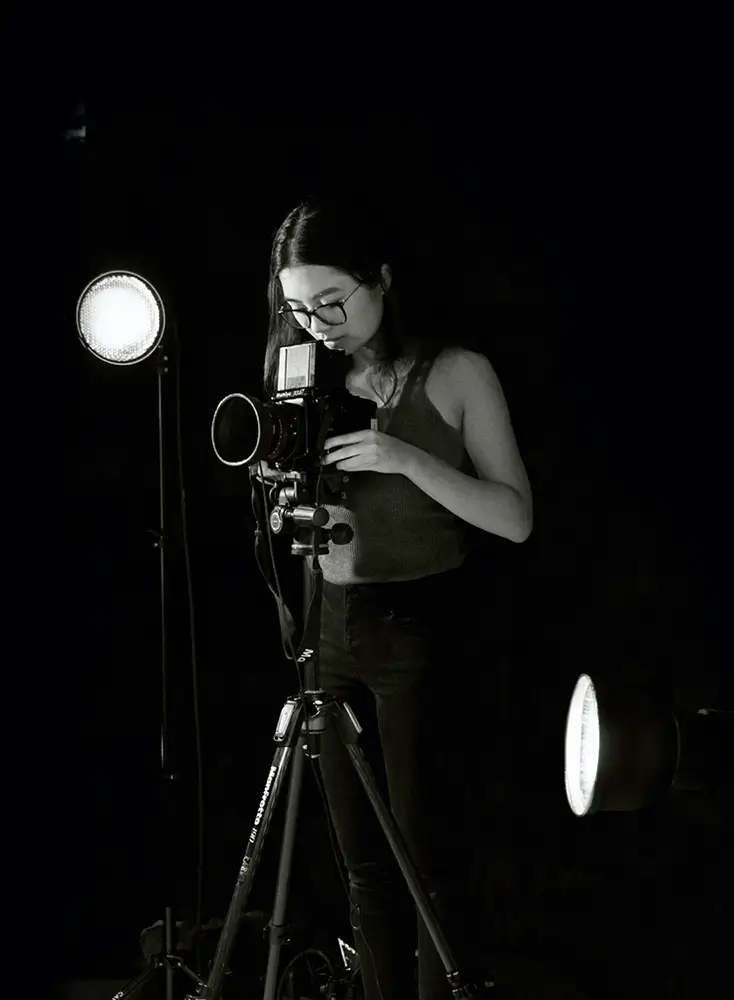Vivian Wan is a photographer whose work bridges conceptual, fine art portraiture, and narrative photography. She delves into storytelling and environmental portraiture, using both realistic and fictional perspectives, and frequently incorporates everyday scenes that evoke an uncanny atmosphere. Her work examines the complex interplay between fantasy, narrative, and photography, focusing on the evolution of staged imagery. Inspired by Victorian tableaux vivants—elaborate, posed scenes crafted to resemble paintings—Wan revitalizes this historic style, presenting it through a modern lens. Her photographs go beyond straightforward documentation, merging elements of the real and the surreal to create an engaging narrative space where imagination and lived experience intersect.
